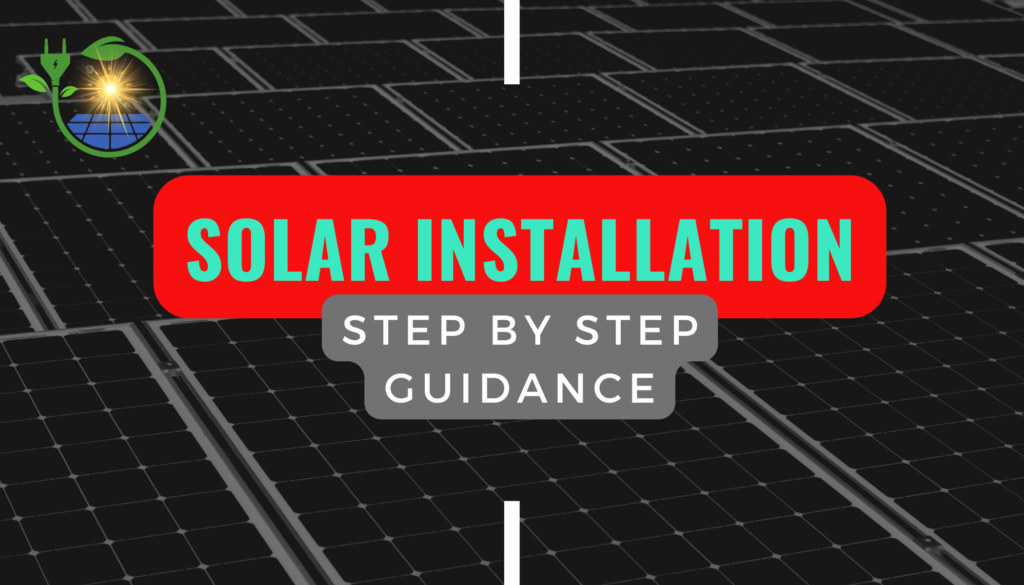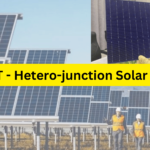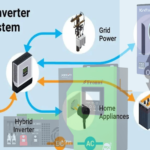Clean and green energy is mounting to the top at a time when green-house gases and carbon emissions are wreaking havoc on our environment. Thankfully, all the countries of the world have minded the fast growth of the clean solar energy. They have started investment in solar panel installation for homes and industry and pay their part in controlling the pollution. Solar installation in Pakistan has become quite easy as the experts have accepted the responsibility of guiding people.
Solar panel installation has come much easier by following steps. Solar electricity is currently appropriate in Pakistan not just for business buildings or commercial appliance but also for residences. As the cost of installing a solar power unit has progressively decreased, you may always go to various solar companies or DIY route to keep the costs as low as possible.
The following basic guide for putting up solar electricity can help you to save money by installing a solar photo-voltaic (PV) system. The provided 10 steps solar panel installation guide may discuss how to install a solar panel step by step in detail.
STEP BY STEP INSTRUCTIONS: INSTALLATION OF SOLAR PANELS
Solar panels provide green energy for both residential and commercial use. In both cases, Photo-voltaic (PV) panels are mounted on the top of building to capture maximum sunlight and create as much power as possible. The solar panels must be fixed firmly to avoid its vibration in windy situations. The panels can be fixed in a movable panel stand in order to ensure the maximum sunlight capturing.
The following are the steps in the solar system installation and procedure:
Step 1: Installation of Mount:
The solar panel mounting brackets must be properly installed and fixed on the roof top. Roof-ground mounts or flush mounts may be used based on its application. The foundation must give support and stability to panels. The orientation in which the Photo-voltaic (PV) panels (mono-crystalline or poly-crystalline) are mounted is carefully considered.
The optimum direction to face the solar panels in the Northern Hemisphere is south as it can ensure the panels to receive the most amount of sunlight. Both east and west directions are acceptable and the ideal direction for countries in the Southern Hemisphere is north.
The mounting framework must be adjusted again slightly. The tilt angle must be anything, from 18 to 36 degrees. Many firms utilize solar trackers to maximize conversion efficiency.
Step 2: Placement of Solar Panels:
After mounting brackets, the solar panels must be secured to the mounting structure using bolts and nuts. The entire construction must be secured to ensure the durability and long-lasting of the panels. The panels can be fixed both vertically and horizontally. The proper fixation of solar panels is necessary because it may be harmed by intensive rains or winds.
Step 3: Wiring of the Panels:
Electrical wiring is the next step after fixing the panels. During cabling, universal connecters such as MC4 must be used for any type of solar panel. The following sequence of electrical connections may be made to interconnect the solar panels:
- Series Connection: The positive (+) wire of one PV module may be linked to another module’s negative (-) wire in a series connection. The voltage match with the battery bank is improved with this type of the wiring.
- Parallel Connection: In parallel connection scenario, the connections may be connected as positive (+) to Positive (+) and negative (-) to negative (-). Each panel’s wiring voltage will remain the same with this style of wiring.
Step 4: Connection of Solar Inverter to the system:
After step 3, the system may be connected to a solar inverter. The positive wire comes from the solar panel is properly linked to the inverter’s positive terminal While the negative wire is properly connected to the inverter’s negative terminal.
For power generating, the solar inverter should be linked to the Solar Battery and Grid Input.
Step 5: Connect the Solar Inverter to the Solar Batteries:
The solar inverter may be properly connected to solar batteries. The positive terminal of the inverter may be connected to the positive terminal of the battery and the negative terminal of the inverter to the negative of the battery. It is necessary to install the batteries for electrical backup in an off-grid solar system. The battery may be installed as per the need of the consumer.
Step 6: Link the Power Grid and the Solar Inverter:
The inverter may be connected to the grid by using a standard plug to connect the main power switch-board. The electrical board that delivers the electricity may be properly linked to an output wire.
Step 7: Turn-On the Solar Inverter:
When all the electric connection of cables is completed, the inverter switch may be turned on. Most of the solar inverters include a digital display that shows the statistics about your solar unit’s generation and use.
Step 8: Check the Input and the Load:
After your completion of all the above steps, check the statistical data of solar input in the display and match it with the output load. The load should be less than the input and the extra solar energy will be directed to store in the solar battery.
Step 9: Properly check and maintain the battery:
The battery must be checked periodically in order to avoid any harm to the system. In case of any error in the system, please consult an expert for maintenance and recovery.
Step 10: And there you go:
Your own solar system installation is complete! For years and years, you can enjoy FREE Renewable Green Energy!
Avoid Common Mistakes People Make When Installing Solar
Most of the solar consumers may make these mistakes in solar installation. Let us briefly discuss what they are and how you can avoid them.
- Purchasing High-priced System:
To avoid this mistake, the first and most important step is to figure out how much it will cost to set up the system of your choice. Remember one thing that different types of solar panels may differ in their prices. Ensure you go through all the options and choose the best that fits your budget.
- Lack of Checklist of Components:
To avoid this kind of mistake, you need to create a checklist of the solar energy system’s components. It may include panel stand, solar panels, a charge controller, a power inverter, a battery, a grid switch and quality changeovers.
- Lack of Knowledge about System Dimensions:
To avoid this mistake, you will need to figure out the size of a solar system. Add up the wattage of the load of all the electrical devices you’ll be using. Also calculate the number of hours per day that the appliances will be used.
If the procedures above are followed, it will enable you to avoid mistakes. You will also be able to determine the required wattage, solar battery size, and wire size. Make sure to understand the proper wire size prevents wire overheating and also ensure the optimal power delivery to your batteries.



